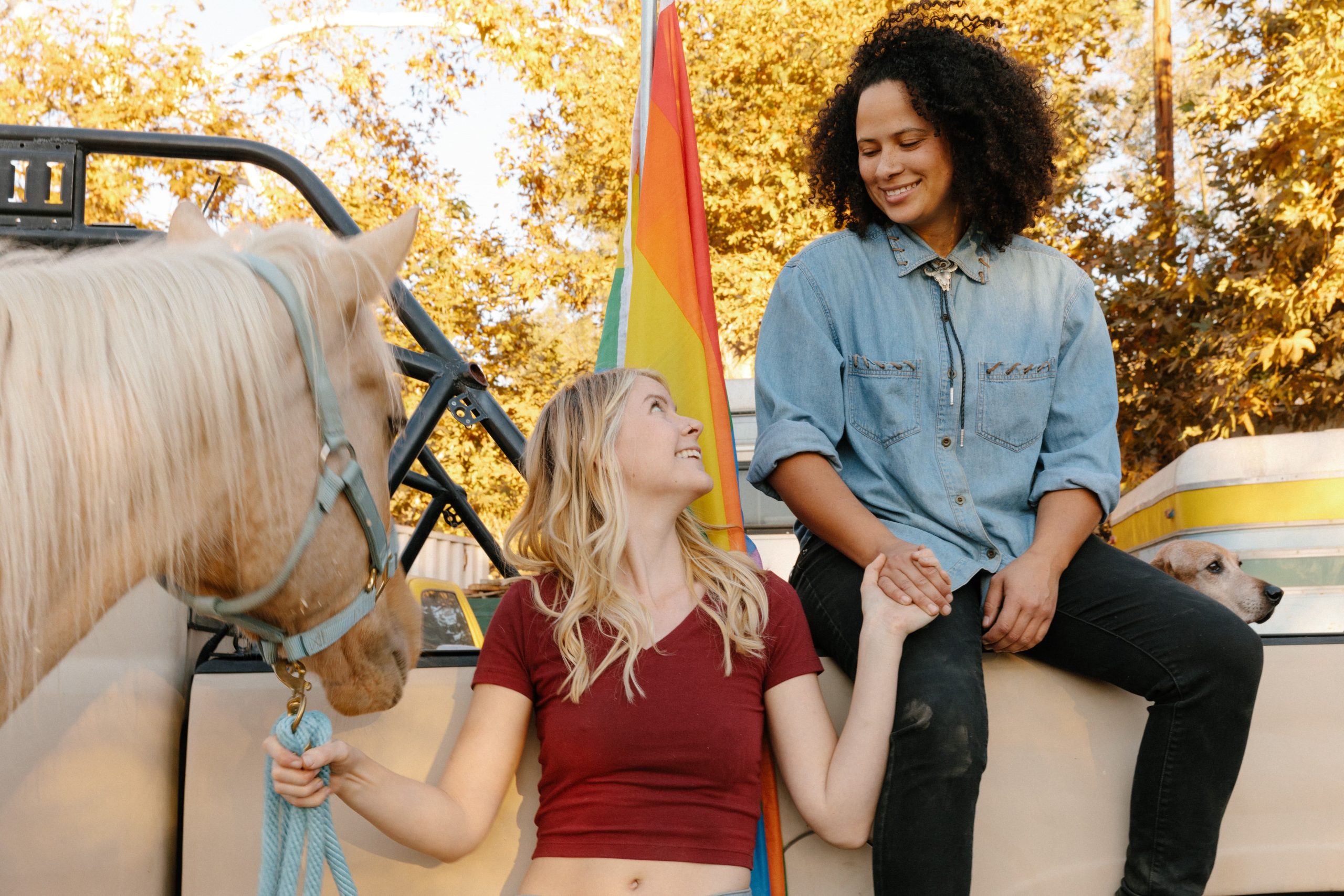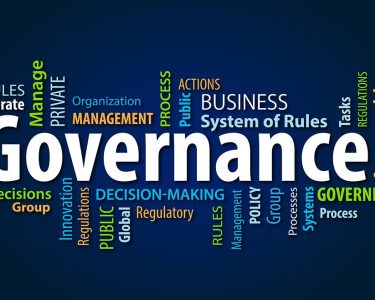Welcome to an insightful blog post that takes you beyond the surface level of same-sex marriage and highlights the greater fight for equal rights in the LGBTQ+ community. While it is essential to acknowledge the groundbreaking legalization of same-sex marriage, there are still significant challenges faced by individuals who identify as queer or trans. This article explores those challenges and how they impact various aspects of life, from employment to healthcare, and what we can do as allies to support progress towards true equality. So come along on this journey with us as we dive deeper into understanding the ongoing struggle for LGBTQ+ rights!
What is Beyond Same-Sex Marriage?
In recent years, the LGBT community has made great strides in the fight for equality. Marriage equality was a watershed moment, but there is still much work to be done in the fight for full LGBT rights.
There are a number of issues that still need to be addressed, such as:
– Discrimination in employment, housing, and public accommodations
– Lack of legal recognition for transgender and gender non-conforming people
– Violence against LGBT people, especially transgender women of color
– The high rate of homelessness among LGBT youth
These are just a few of the issues that need to be addressed in order to fully protect and support the LGBT community. We must continue to fight for full equality until all members of our community are able to live safely and free from discrimination.
The History of LGBTQ+ Rights
Since the early 1900s, there has been a struggle for LGBTQ+ rights in the United States. Early attempts to gain equality and acceptance were met with stiff opposition and little progress was made until the late 1960s. The Stonewall Riots of 1969 are considered a turning point in the fight for LGBTQ+ rights, as they galvanized the community and led to the formation of several important organizations.
During the 1970s and 1980s, AIDS became a major issue for the LGBTQ+ community. Amidst widespread panic and discrimination, activists organized to demand better treatment and understanding. In the 1990s, President Clinton signed into law several important pieces of legislation that expanded rights for LGBTQ+ people, but there was still much work to be done.
In recent years, there have been significant advances made in LGBTQ+ rights, both legally and socially. Same-sex marriage has been legalized across the United States, gender identity is now protected under federal law, and more and more people are becoming accepting of queer people. However, there is still much prejudice and discrimination against LGBTQ+ people, especially those who are transgender or gender non-conforming. The fight for equality continues on many fronts, but there is hope that someday all members of the community will be able to live openly and without fear.
The Struggle for LGBTQ+ Rights Today
Since the 2015 Supreme Court ruling that made same-sex marriage legal nationwide, many people have assumed that the fight for LGBTQ+ rights is over. However, there are still many hurdles to overcome in terms of full equality for LGBTQ+ people.
One major issue is employment discrimination. While federal law prohibits discrimination on the basis of race, religion, and gender, there is no such protection for LGBTQ+ people. This means that employers can legally fire or refuse to hire someone simply because they are gay, lesbian, bisexual, or transgender.
There are also still no nationwide laws protecting LGBTQ+ people from hate crimes. In many states, it is perfectly legal to discriminate against someone based on their sexual orientation or gender identity. This leaves LGBTQ+ people vulnerable to violence and harassment with little recourse.
Finally, while same-sex marriage is now legal, many states do not have laws protecting LGBTQ+ couples from discrimination in housing and public accommodations. This means that hotels, restaurants, and other businesses can legally refuse service to same-sex couples or evict them from their homes.
These are just a few of the challenges faced by LGBTQ+ people today. While progress has been made in recent years, there is still a long way to go before full equality is achieved.
The Future of LGBTQ+ Rights
The past decade has seen immense progress for the LGBTQ+ community in the form of increased visibility and acceptance. In 2015, the US Supreme Court legalized same-sex marriage nationwide, and since then, a growing number of countries have followed suit.
Despite these milestones, the fight for LGBTQ+ rights is far from over. There are still many countries where being gay is punishable by death, and even in places where it is not explicitly illegal, discrimination and violence against LGBTQ+ people is all too common.
In order to achieve true equality, we must continue to push for laws and policies that protect LGBTQ+ people from discrimination and violence. We must also work to change hearts and minds, so that everyone can live freely and without fear regardless of their sexual orientation or gender identity.
Conclusion
The struggle for LGBTQ+ rights is far from over, and there are still many inequities that exist in society today. We must continue to work towards true equality for all members of the community, irrespective of their sexual orientation or gender identity. It’s up to us as a society to ensure that everyone feels safe, accepted and respected, regardless of who they love. Only when we can truly accept each other as equals will our world be able to progress forward and become a better place.




